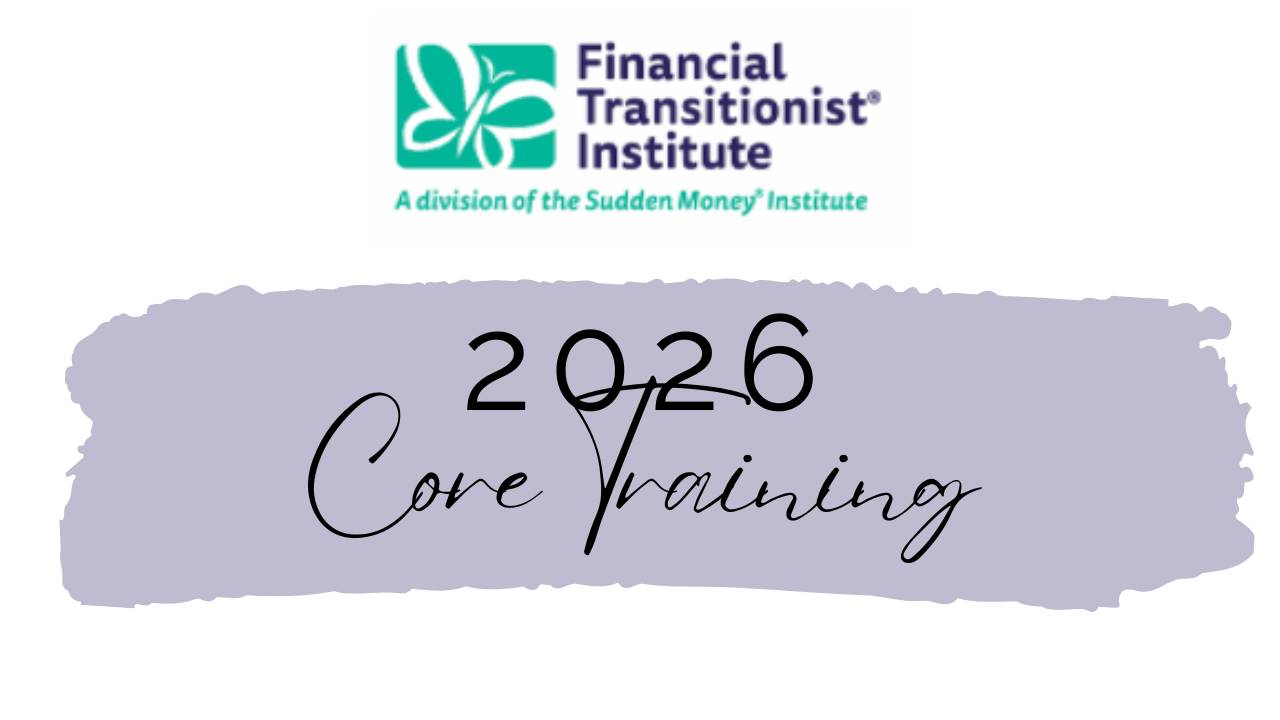FAs: Being Human Requires Training
Oct 04, 2018
Written by Susan Bradley
The financial services industry has reached Peak Human. Or at least talking about it. Financial services are saturated with discussions about the parts of our work that–at least as of right now–only humans can provide. But what I don’t see a lot of is a response to the odd position that places us in–When Being Human Requires Training.
What? Being Human Requires Training?
Think about it. The mainstream discussion about the need for humans began–for most people–with the advent of the robo-advisor. The question that presented itself then was: Will robo-advisors make human advisors obsolete? Well, now that we know the answer to that is–no (hence the shift to terms like hybrid and bionic advisor). At least not now, and at least not for most people. Robo-advisors will have a place for years to come, for sure. There will be things they can do better and faster than any human, as the history of robotics has demonstrated. But at least for now, there is plenty that clients need from their financial advisors that only humans can provide. (One could also say that there are simply some things that clients don’t want to think that a non-human could excel at and that perception is and is going to be the real obstacle but that topic is for another time.)

It’s Time to Learn How to Be Human
This brings me back to the beginning. The industry is finally having the discussion I’ve been waiting for for nearly two decades. I’m thrilled! But let’s push forward. Let’s take this business about how we need to be human seriously and let’s admit that there are things we all do as humans, but maybe–just maybe–we could use some training to improve how we do them. We could improve our capabilities, not to mention our results.
What are some of these human things we might need to improve?
- How we communicate with our clients. And I’m not talking about DMing them on Twitter versus texting them, although there is certainly a need to sort that out. I’m talking about their preference for: facts versus stories, length of communication, and several things they want to talk about during a single meeting. There are also sensitivities to concepts or words (i.e., things that might be off-limits and why). Furthermore, what exhausts them? What gives them energy or excites them?
- How we listen. Yes, we have all heard that we have two ears and one mouth for a reason. And we have all learned about active listening. But all of that speaks of the transactional part of listening and doesn’t touch the essence of why we are listening and what we are listening for.
- How we meet uncertainty. And I mean how. What is your process in your own life and with your clients, for handling the between-times? Between-times don’t get nearly the respect they deserve. We are all about being decisive and moving to the next benchmark. But what happens inside you and between you and your client when there is important information that you simply don’t have? What happens when you simply aren’t equipped, at that moment, to make a move? What are you doing and saying? How are you, as a human . . . being?
- How we show up when a client is confused or overwhelmed or in a fog.
- How do we respond when our clients stop responding to us?
- How we describe what we are doing, why we are doing it, and what it will look like, in the way the client is most likely to hear.
This is All Good News!
No one is happier than I am to see this industry moving in this direction. Yes, it’s validating for my nearly two decades of work in Financial Transitions Planning. But more importantly, it means that clients will have better relationships with their financial advisors. They will be deeper and more satisfying. They will be built on the kind of trust that withstands the inevitable, dramatic life changes that often lead to the destruction of the client-advisor connection.
For an introduction to tools for the personal side and to improve how you are being with your clients, join me for a live, virtual workshop on October 9 and October 16.
And if you’re ready for a yearlong adventure in training as a human being who is also a financial advisor, click here (you are looking for Core, beginning in October or December).
If you’re interested in paying just shipping and handling for my book that started it all, get your copy of Sudden Money: Managing a Financial Windfall (Wiley 2000) by clicking here.
Stay connected with news and updates!
Join our mailing list to receive the latest news and updates from our team.
Don't worry, your information will not be shared.
We hate SPAM. We will never sell your information, for any reason.

